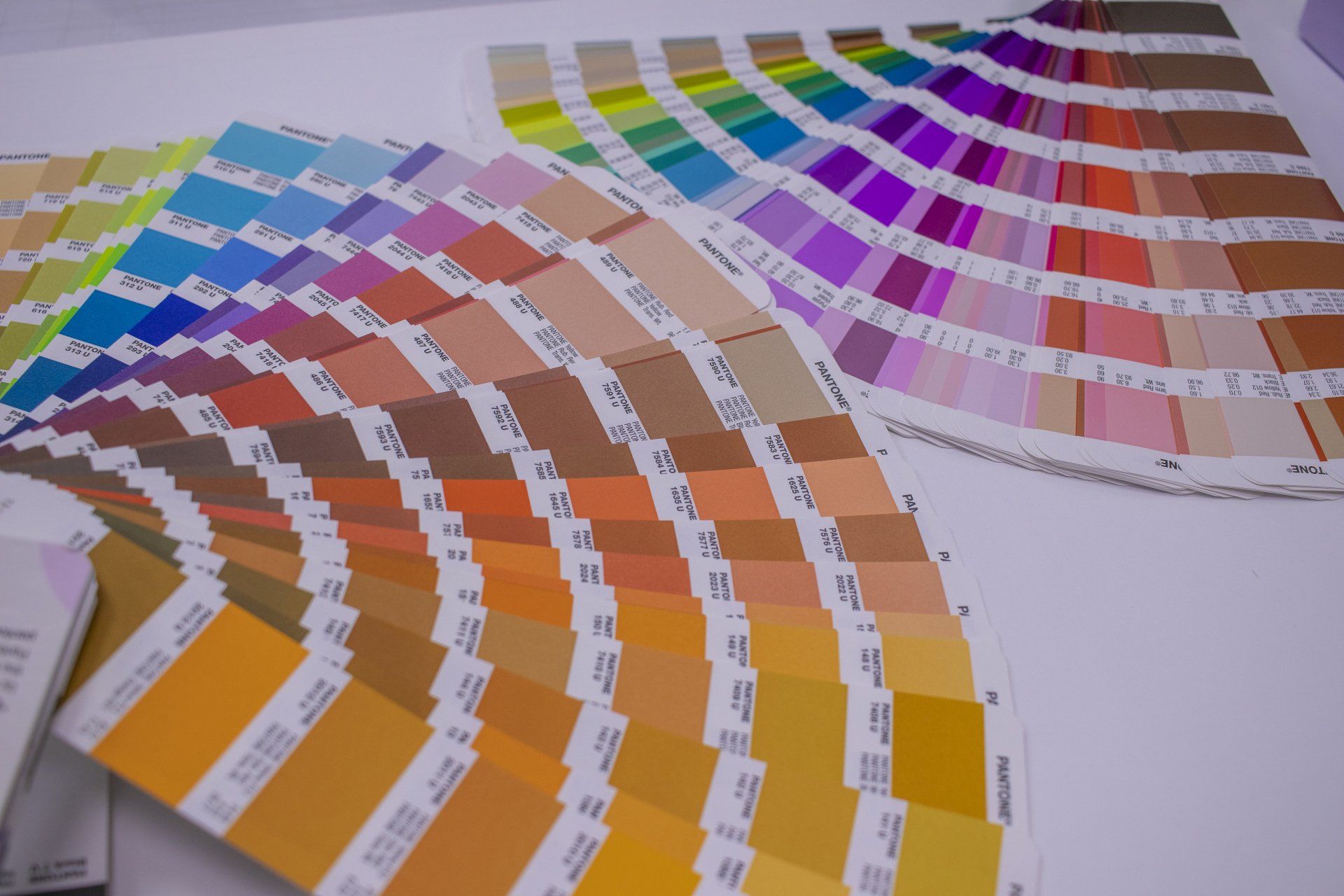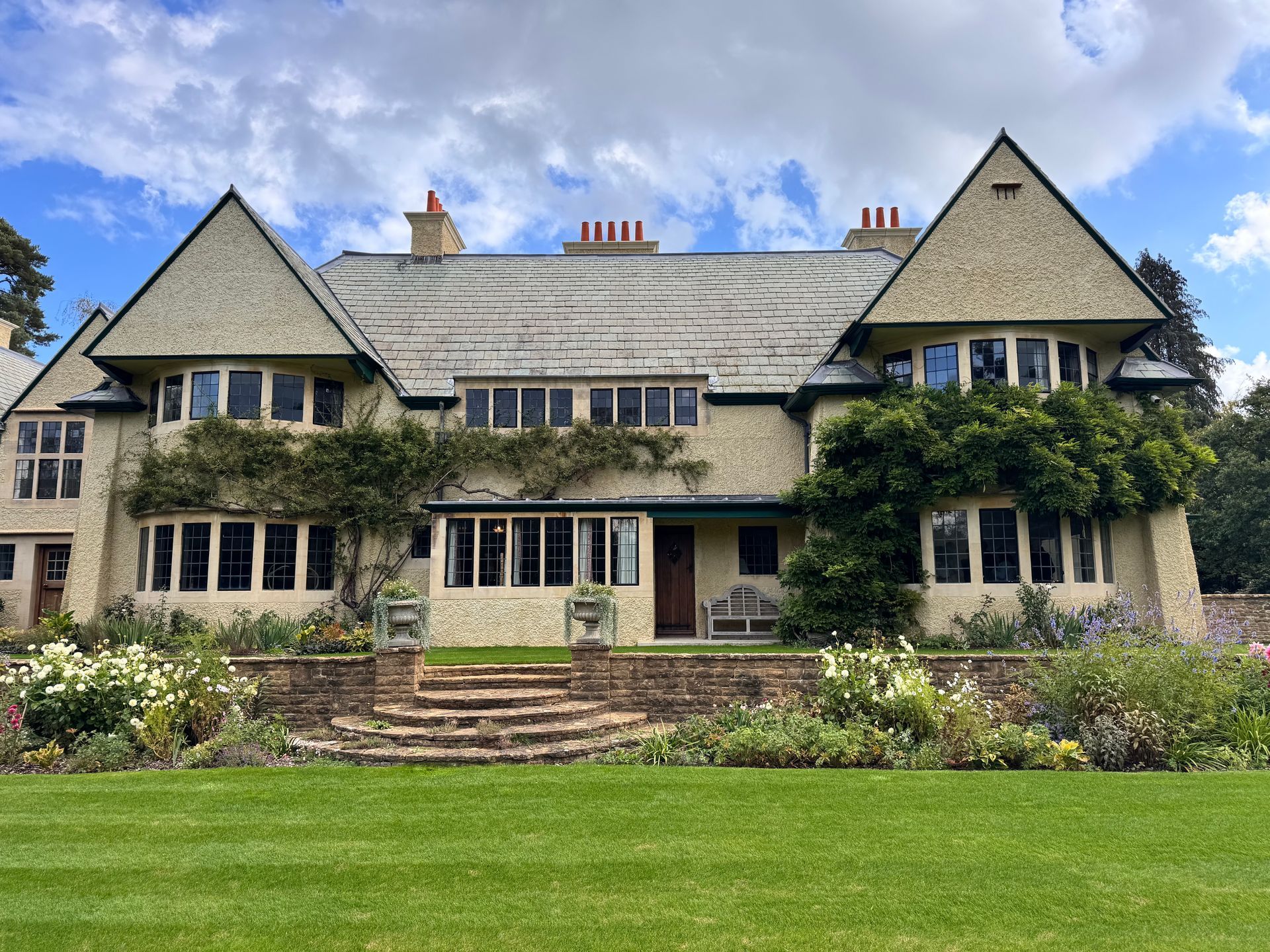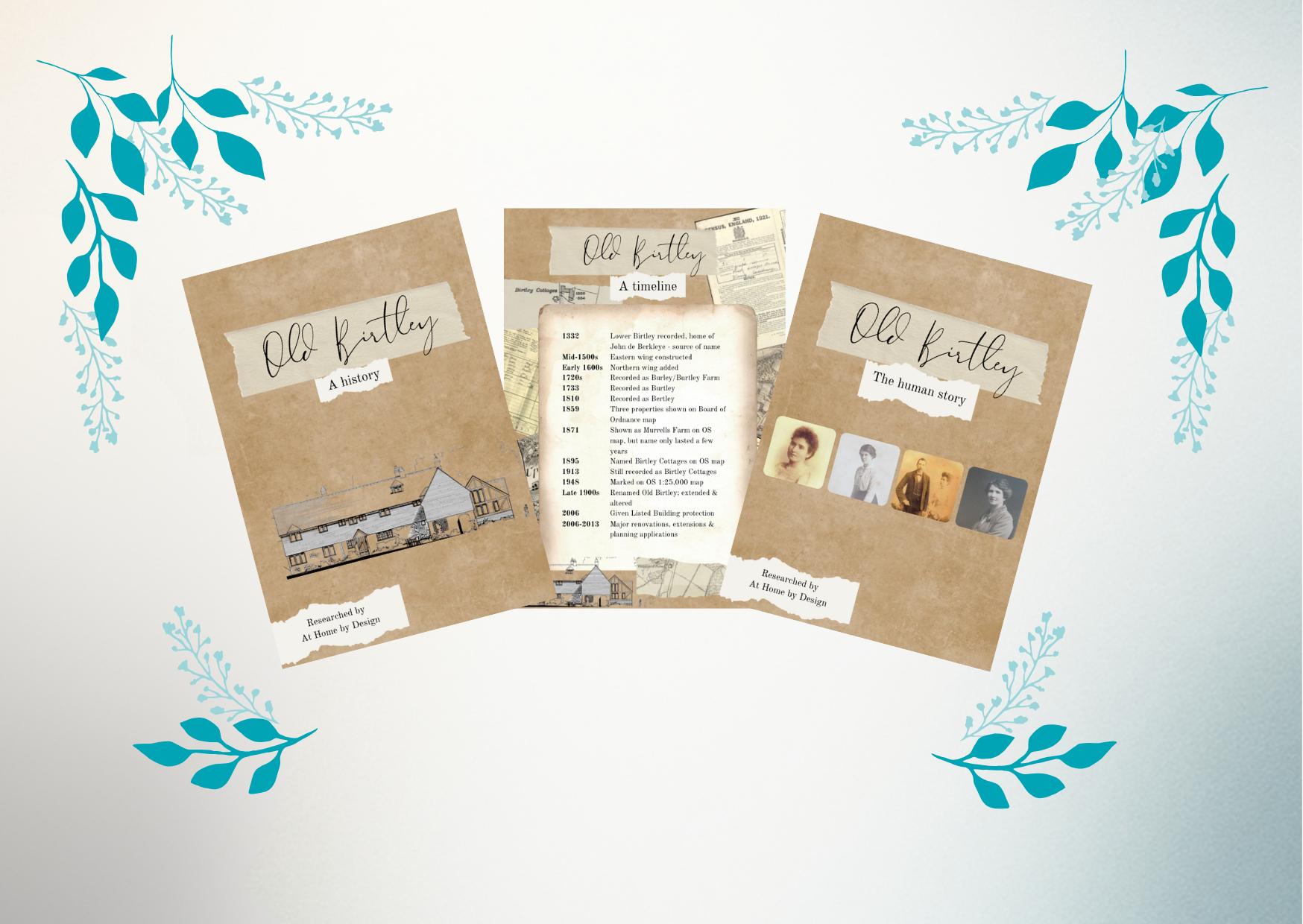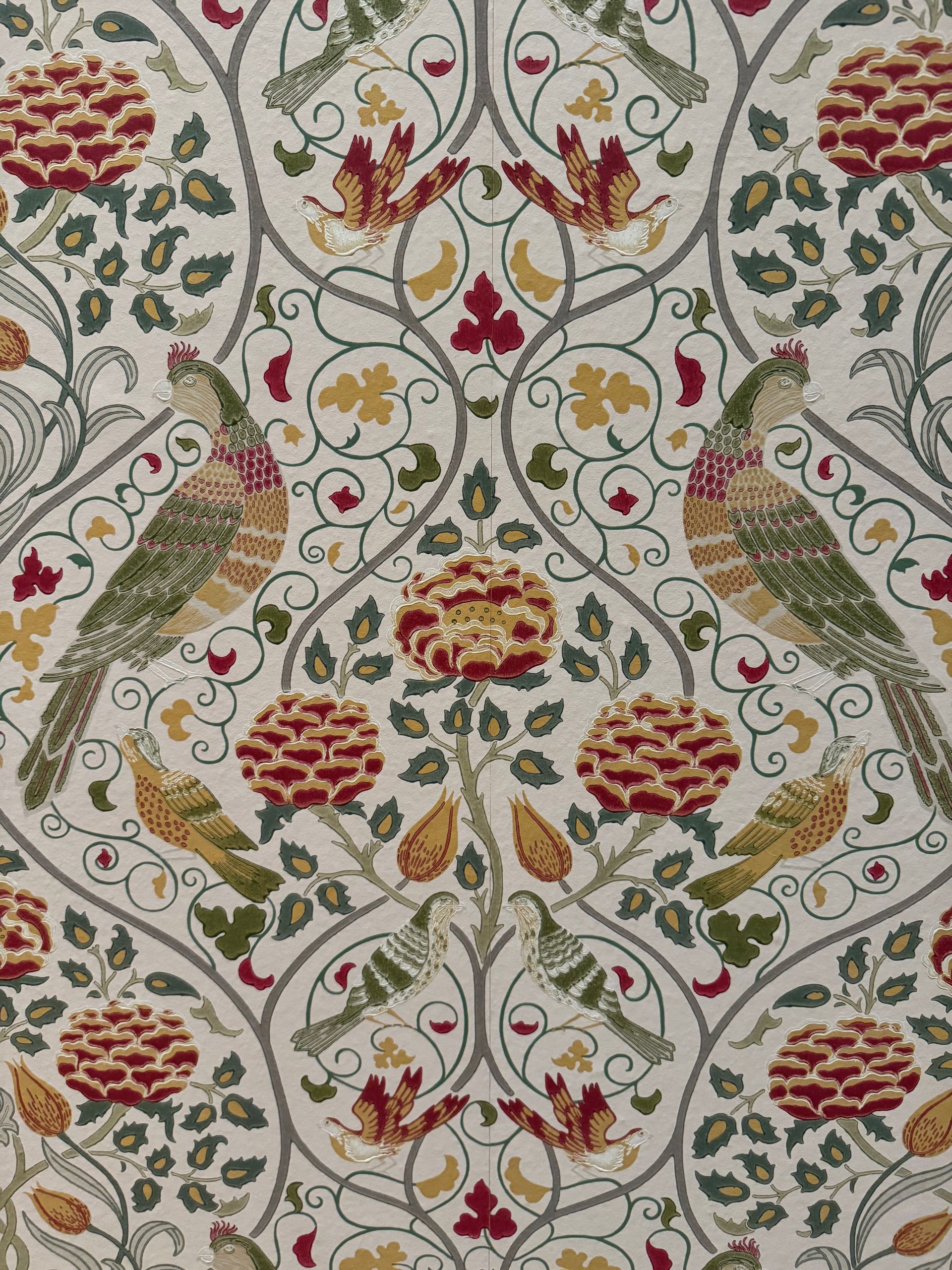Winter psycolourgy
How colourful interiors can help with your winter blues

We know that colour holds a powerful influence over our emotions, behaviours and overall well-being. We all know our favourite colour, and the colours we hate.
The psychological impact of colour in our living and working spaces is particularly significant, especially in regions like the UK where Seasonal Affective Disorder (SAD) can cast a shadow on our motivation, mood and energy levels. In this blog post, we delve into the fascinating world of colour psychology and explore its role in mitigating the effects of SAD through thoughtful interior design choices.
What is Seasonal Affective Disorder?
Low light levels, due to shorter days, a lower sun and cloudy winter weather, can create a specific depression typified by low energy levels, mood swings and a general sense of lethargy. Interior design plays a crucial role in mitigating these effects by incorporating colours that emulate the positive aspects of natural light.
Understanding Color Psychology
Colour affects human emotions, perceptions and behaviours too. They evoke distinct and strong psychological responses. So when developing a colour scheme for a room, it isn’t as simple as choosing something pretty. Interior designers have a responsibility to their clients, choosing colours that cater for their mental and emotional needs. So, taking a step back from the decorating phase of a project, developing a good relationship and getting to know my clients is probably the most important element of any interior design project.
Understanding SAD and colour psychology means the solution isn’t as simple as slapping some warm, cosy colours on the wall. Depending on the mental struggles clients face, often cool colours, such as blues and green, can create a soothing environment evoking feelings of calmness and serenity.
Top tips
Here’s just a few things you can consider when choosing a scheme to help banish the winter blues.
- Opt for Natural Elements: Colours found in nature, such as earthy browns, greens and blues, can have a grounding effect and mimic the serenity of the outdoors. Incorporate these tones through furniture, artwork or even indoor plants to promote a connection with the natural world.
- Maximise Natural Light: Lighter colour schemes, including pastels, can enhance the perception of natural light within a space. Ensure that windows are unobstructed and curtains can be stacked back to maximise the light entering the room. Be careful not to use too much white, which can be sterile and cold.
- Balance cool and warm tones: Striking a balance between cool and warm colours can create a harmonious atmosphere. While warm tones infuse energy, cool tones contribute to a calming environment, providing a holistic approach to combating SAD.
- Integrate rich tones: During the darker months, infusing interiors with warm, rich colours can bring a sense of vibrancy and create a cosseting feeling. Consider incorporating warm-toned accessories, textiles or ornaments, which can be toned down when the weather gets warmer.
The psychology of colour in interior design is a powerful tool that can significantly impact our mental well-being, especially for clients prone to Seasonal Affective Disorder. By carefully selecting and integrating colours that evoke positive emotions, designers can transform living and working spaces into havens that uplift moods. As we navigate the seasons, let our homes become sanctuaries where the thoughtful use of colour contributes to a brighter, more vibrant outlook on life. And let our working spaces become destinations we want to go to, spaces to be creative and productive.
If you’re stuck in a kaleidoscope of colour, or need help with your interior project, why not book a consultation?











